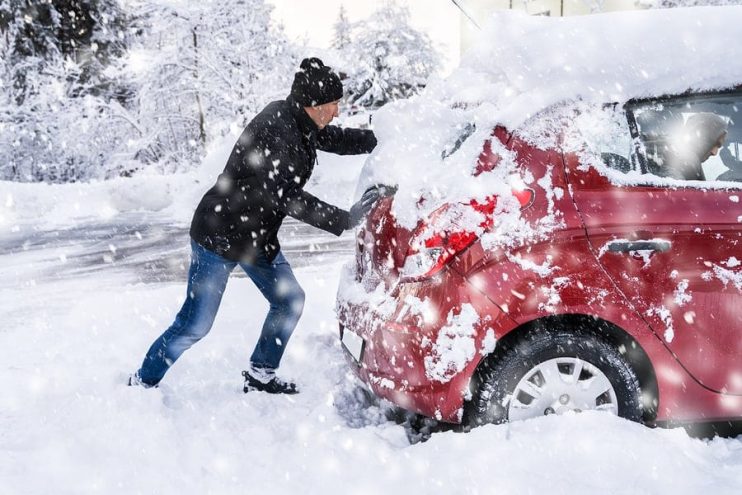
It’s a rare year in the UK when there’s no snow whatsoever. All too often a sudden flurry or storm can take the local services by surprise, making roads treacherous and difficult. Even if the council manages to deploy the gritters at short notice, then they probably won’t touch the side roads – making it too easy to get stuck in the snow.
Some cars have a winch, to help to pull your vehicle free from deeper drifts, and the RAC, AA or even your local towing company can help free you from the powder. But if none of these are an option for you, what’s the best way to free your vehicle?
Stay Cool
It might sound obvious, but staying relaxed is key when your vehicle becomes entrenched in snow. From slamming on the brakes to spinning your wheels, aggressive activity is only likely to worsen your situation. As soon as you become aware that you’re stuck in snow. Take a moment to breathe. Remain calm. And plan what you’re going to do next.
Lighten the Load
If the weather allows for it – ask your passengers to get out of the car. A lighter vehicle will be able to contend better with the snow and won’t require so much energy to break free from its stuck position. And shouldn’t everyone be out of the car helping you anyway?
Clear Around the Car
Using a shovel or a similarly strong object, clear the snow behind the car, underneath the bodywork, and around the wheels, giving you that vital space to move the car back and forth. Remove any snow that’s in your car’s pathway that’s higher than the normal ground clearance, as this could cause problems when you break free. Also clear any snow around the exhaust and rear of the car, giving the fumes space to escape.
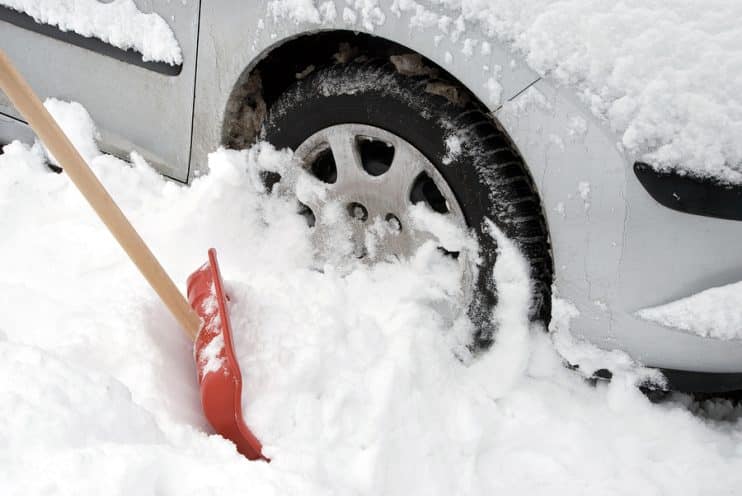
Time to Break Free?
Once you’ve cleared the area around your car, it’s time to see if you can drive off. Select a suitably low gear to give yourself the much needed revolution power, and let some air out of the tyres to increase the amount of surface area that’s coming into contact with the snow, which will improve traction. Gently does it on the accelerator, and with a bit of caution and a steady foot, you may be able to break free from the snow.
Ride the Brakes
Vehicle still stuck after your first attempt? Try putting the foot brake down gently as the wheel is spinning to reduce the number of revs, transferring a little more power to the wheel. And with a front wheel drive car, it might even help to turn your wheels slightly to get more grip.
If you do try the braking method, then be careful not to overheat your brakes, which will then operate at less than optimal levels whilst they take time to cool down.
Snow Chains
With the milder winters in the UK, many drivers haven’t invested in a set of snow chains as it may seem like an unnecessary expense. If you are lucky enough to have chains in the car, then put them on the wheels as this could give you the grip you need to get out of the snow.
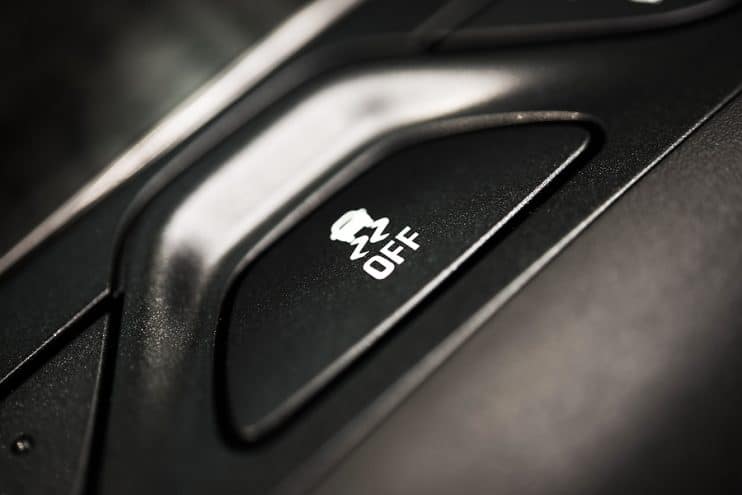
Improve Traction and Grip
As you would expect, the main reason cars can’t break free from the snow is due to the smooth, frictionless nature of the snow. You only have to think about how slippery it is walking down a pathway that’s covered in impacted snow to appreciate this fact. Give your car a little bit of a helping hand by turning off the traction control, which can prevent your wheels turning when there’s no grip – which will often be the case in the snow.
Additionally you’ll want to treat the snow with sand, salt or even kitty litter to increase the grip and friction on the surface. Alternatively lay down cardboard, plywood or even your vehicle’s floor mats or branches – anything that’s going to give the car’s tyres something to bite into, and pull your vehicle forward. However, don’t pour antifreeze onto the snow as this is an environmental hazard.
Rock the Vehicle Back and Forth
Switching from low forward gears to reverse in a cautious and systematic manner will help dislodge the snow around your wheels. Be careful not to overdo it, as this can have an adverse effect on your clutch and transmission. Once you have purchase on the snow and you can feel the car moving, be sure to gently ease on the accelerator whilst in a low gear – remember it’s the momentum that gets you moving not the power.
And Finally When You’re Free…
If you turned off your traction control then it’s time to turn it on again. Stop at the next available filling station to pump up your tyres to the required level if you deflated them for better grip – check your owner’s manual for the necessary pressure.
And check that the car’s radiator is free from snow as this can cause problems with the engine. Snow can also impact your car’s manoeuvrability, so if you’re experiencing problems behind the wheel, get out and check for snow packed into the wheels – which you can then remove with a kick or a swipe of an ice scraper.

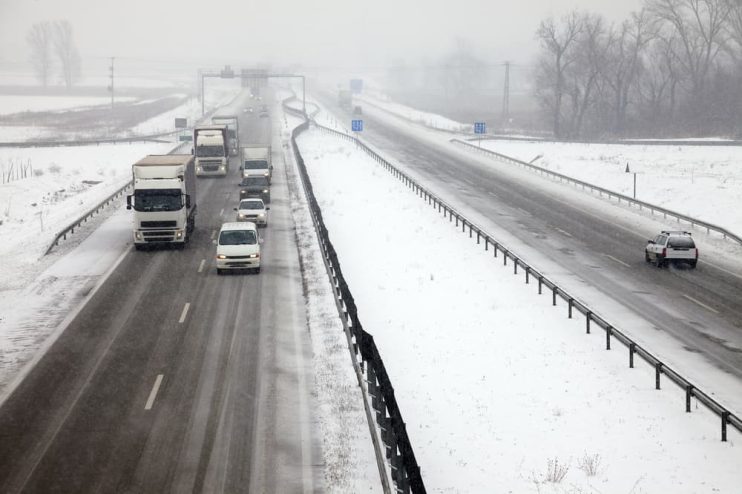
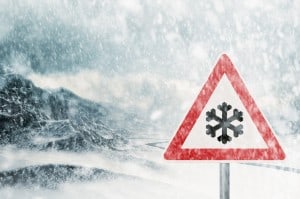
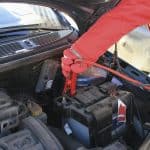
.png)